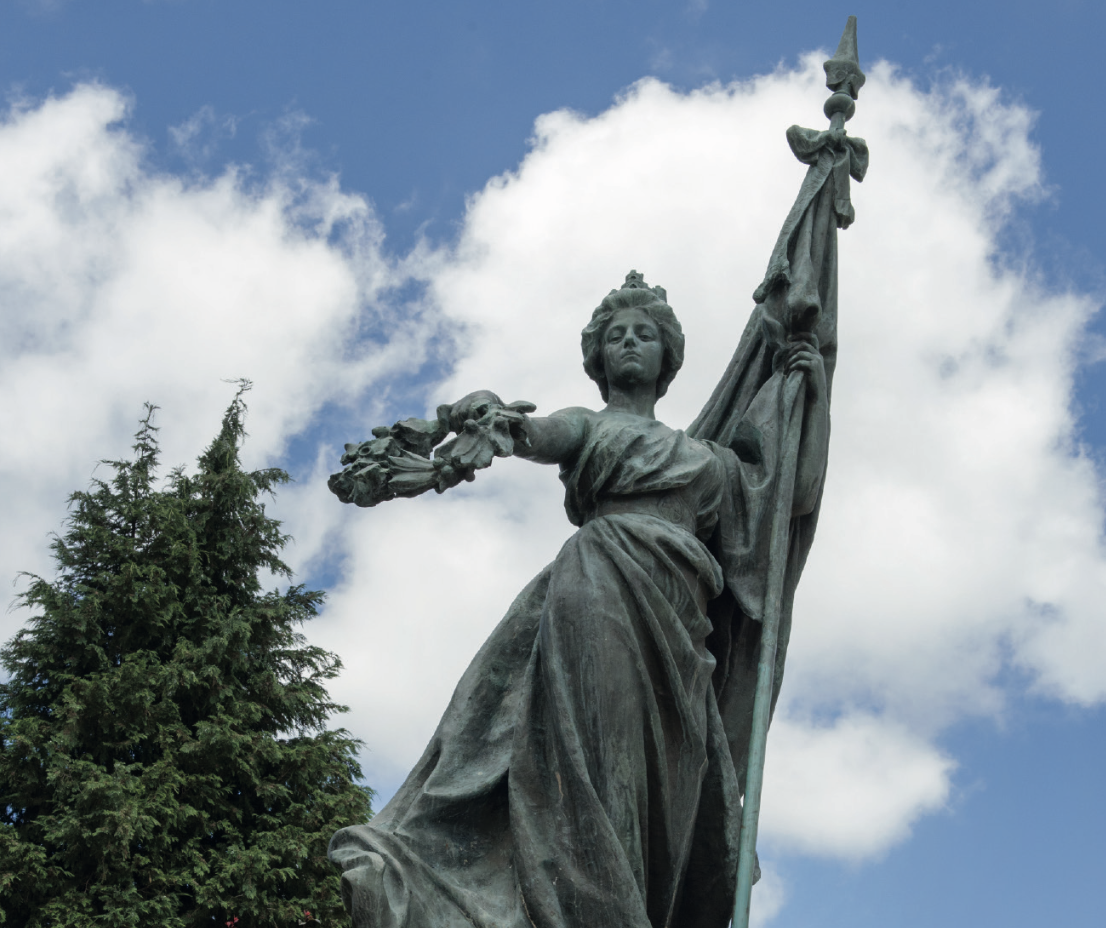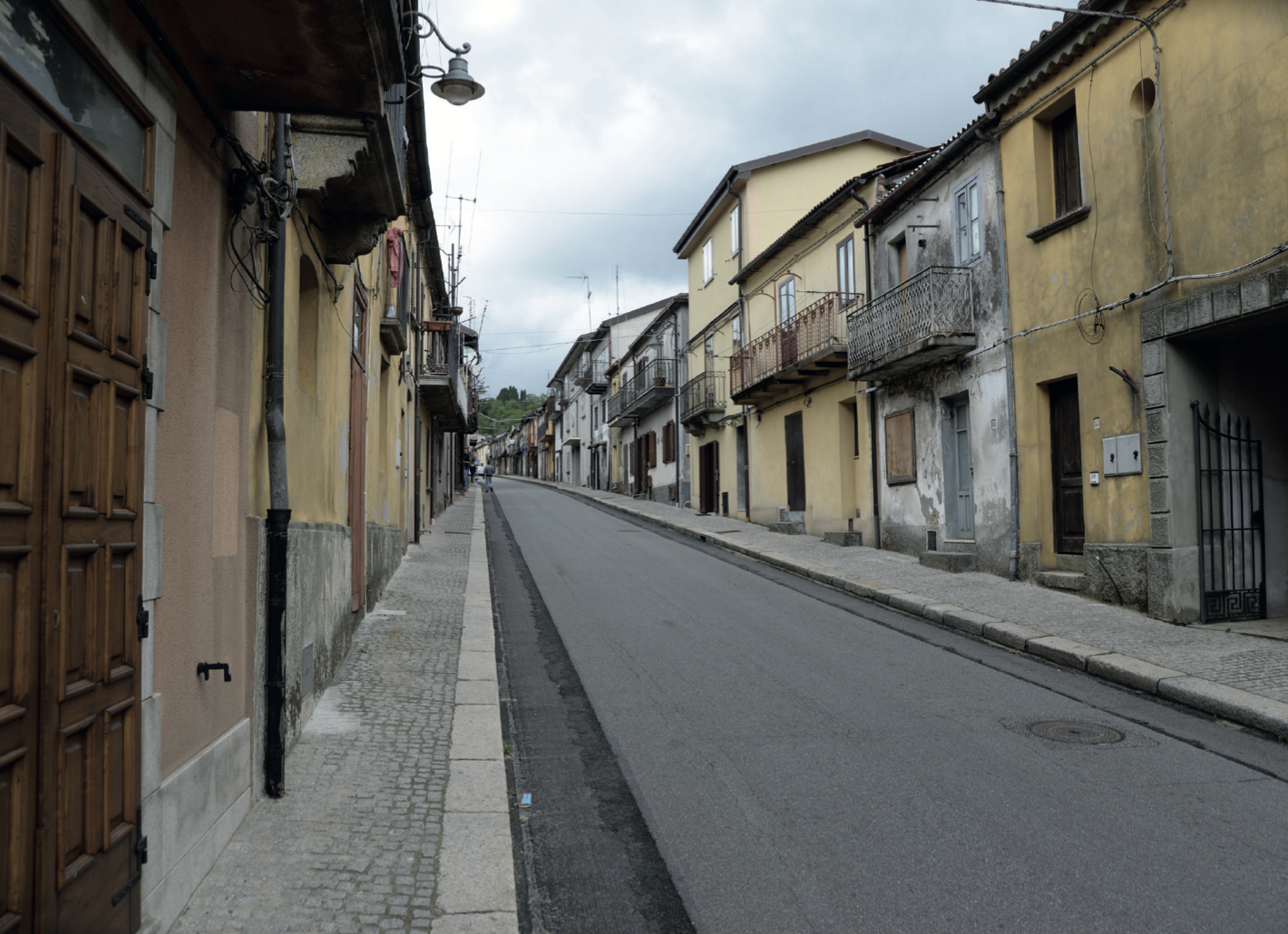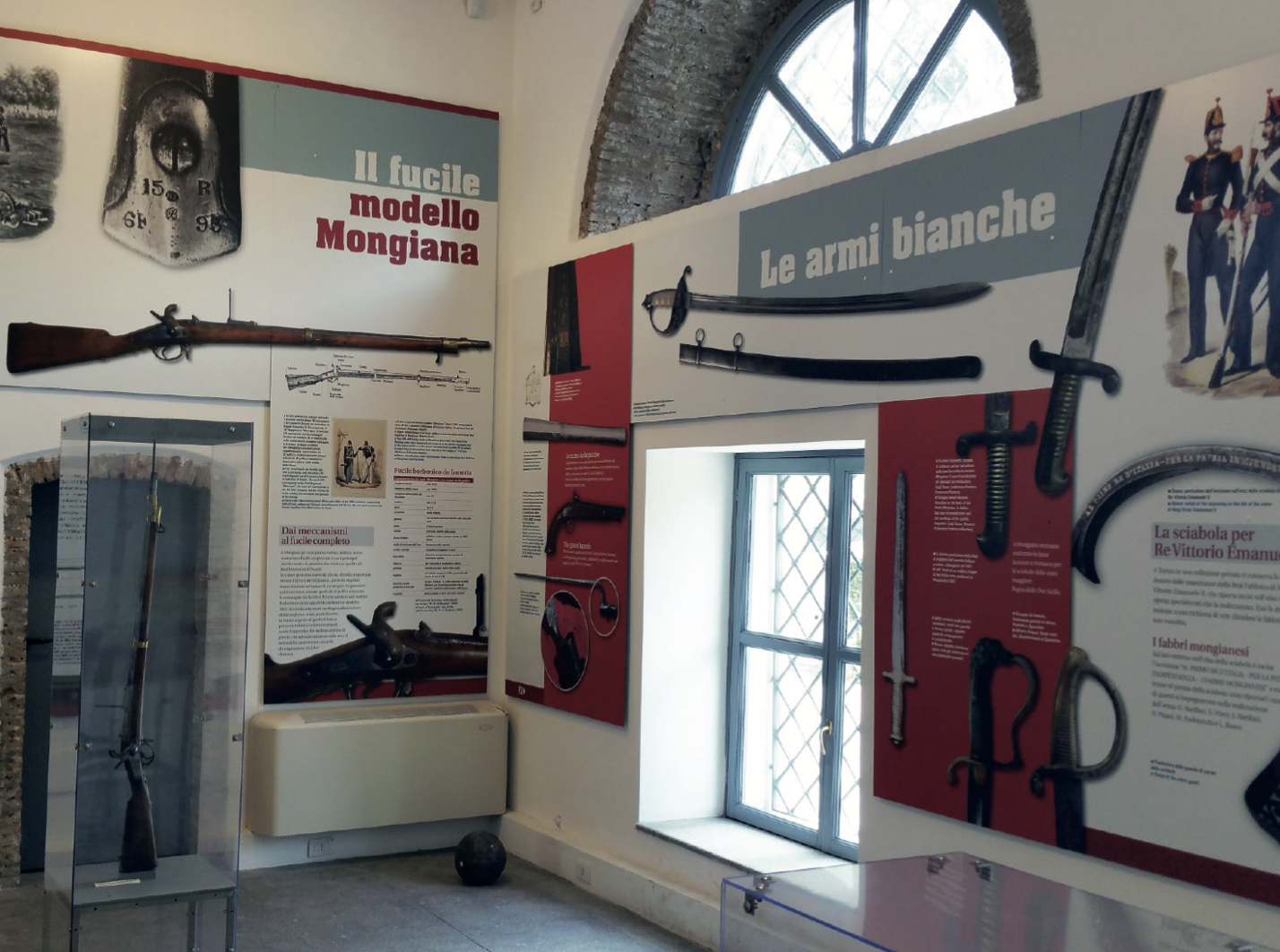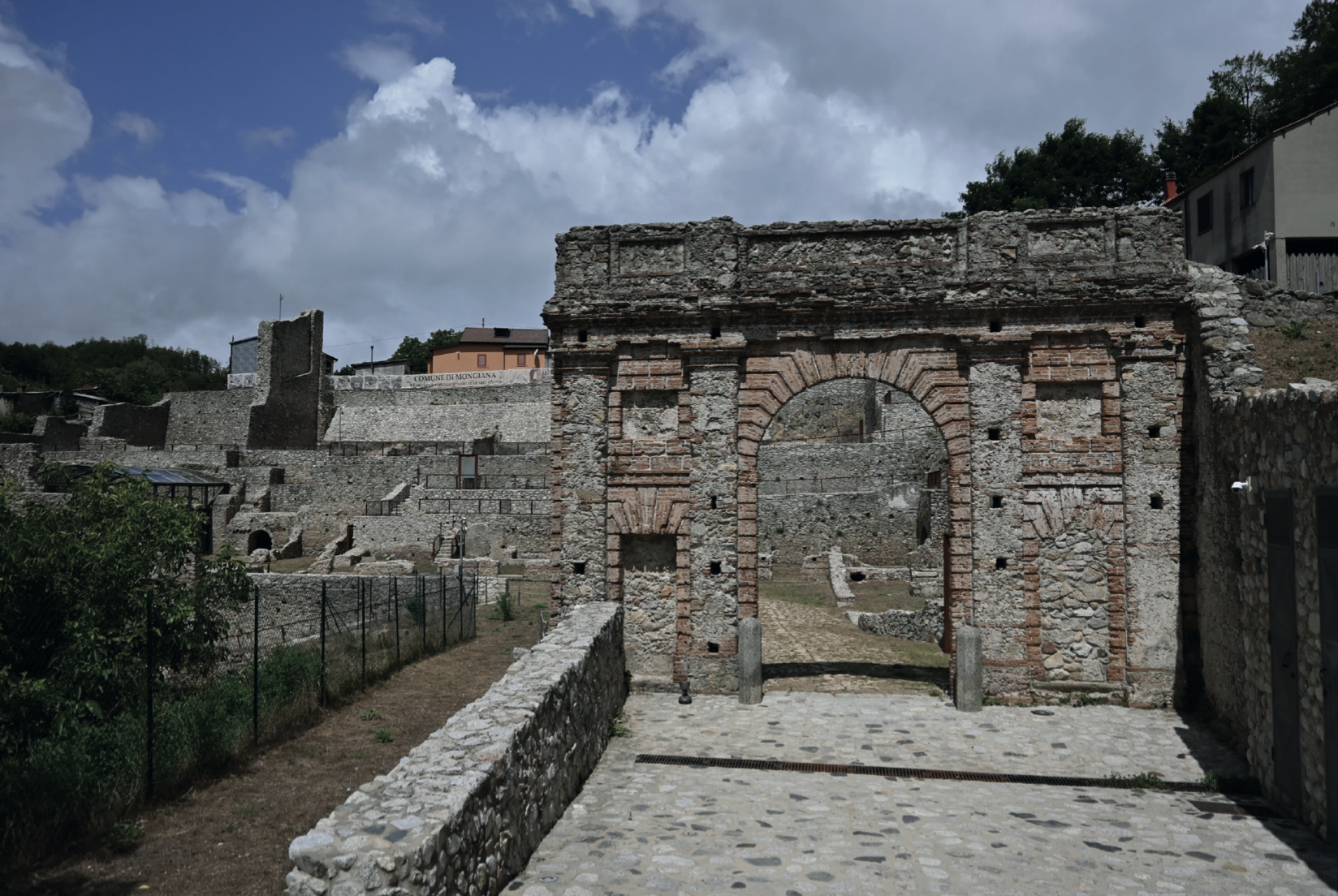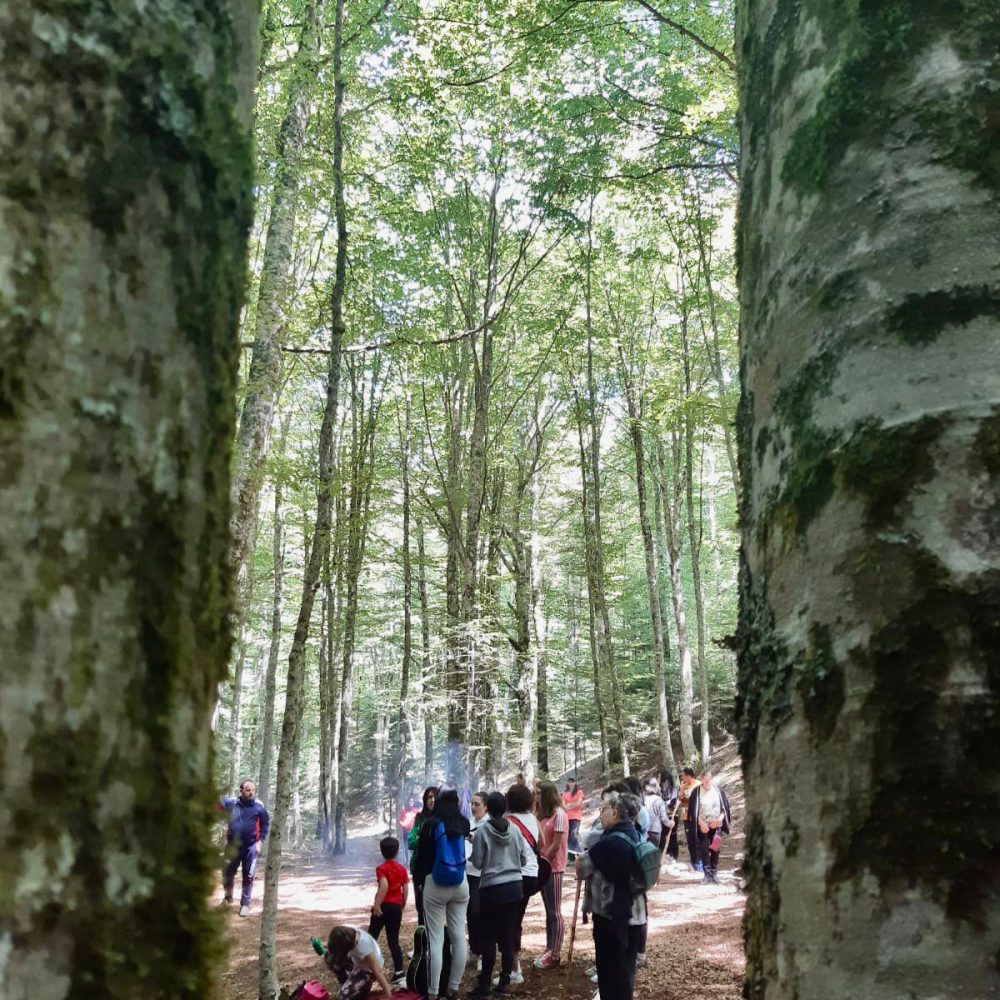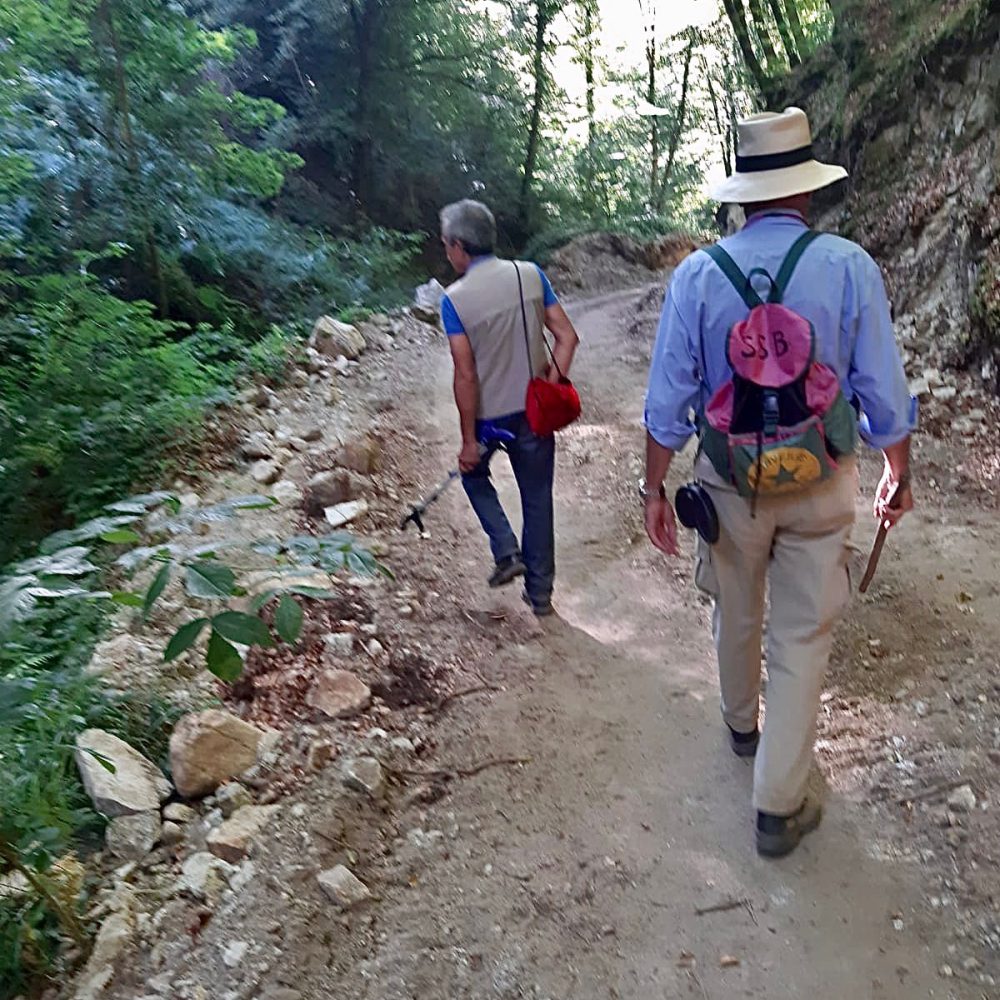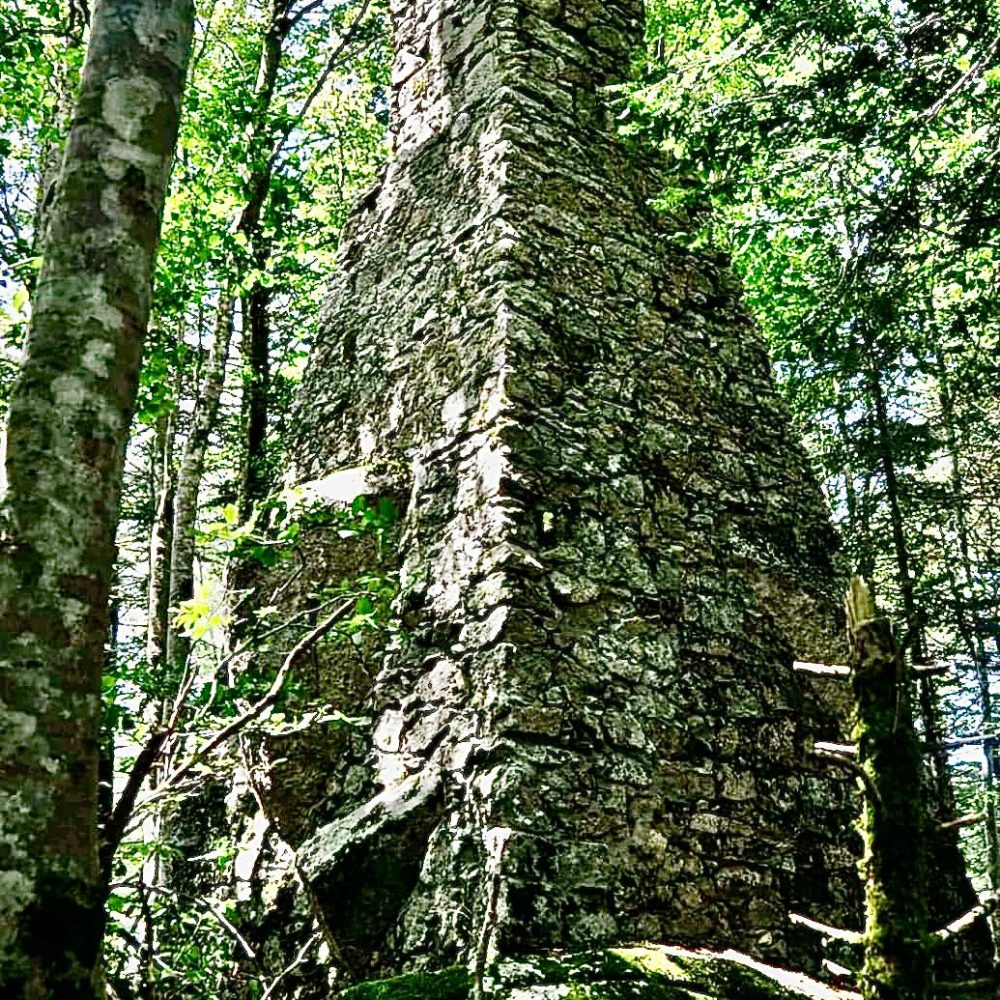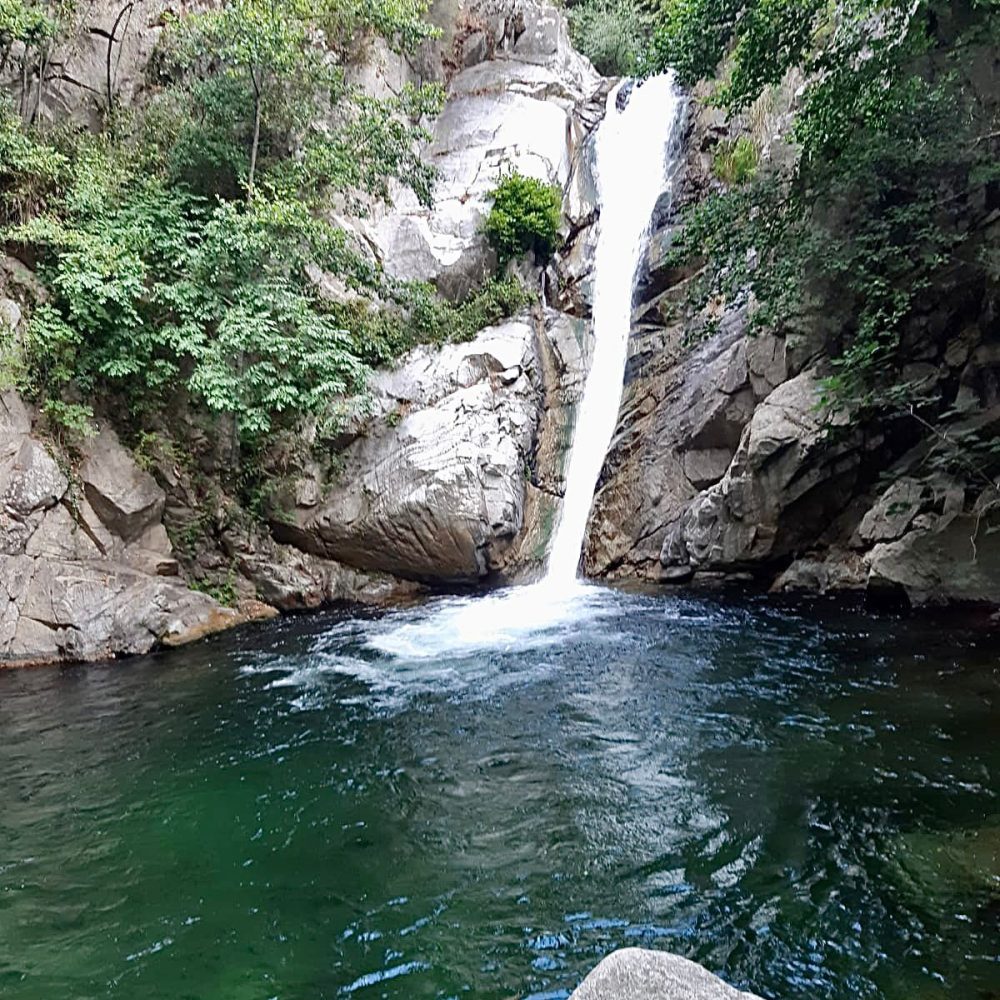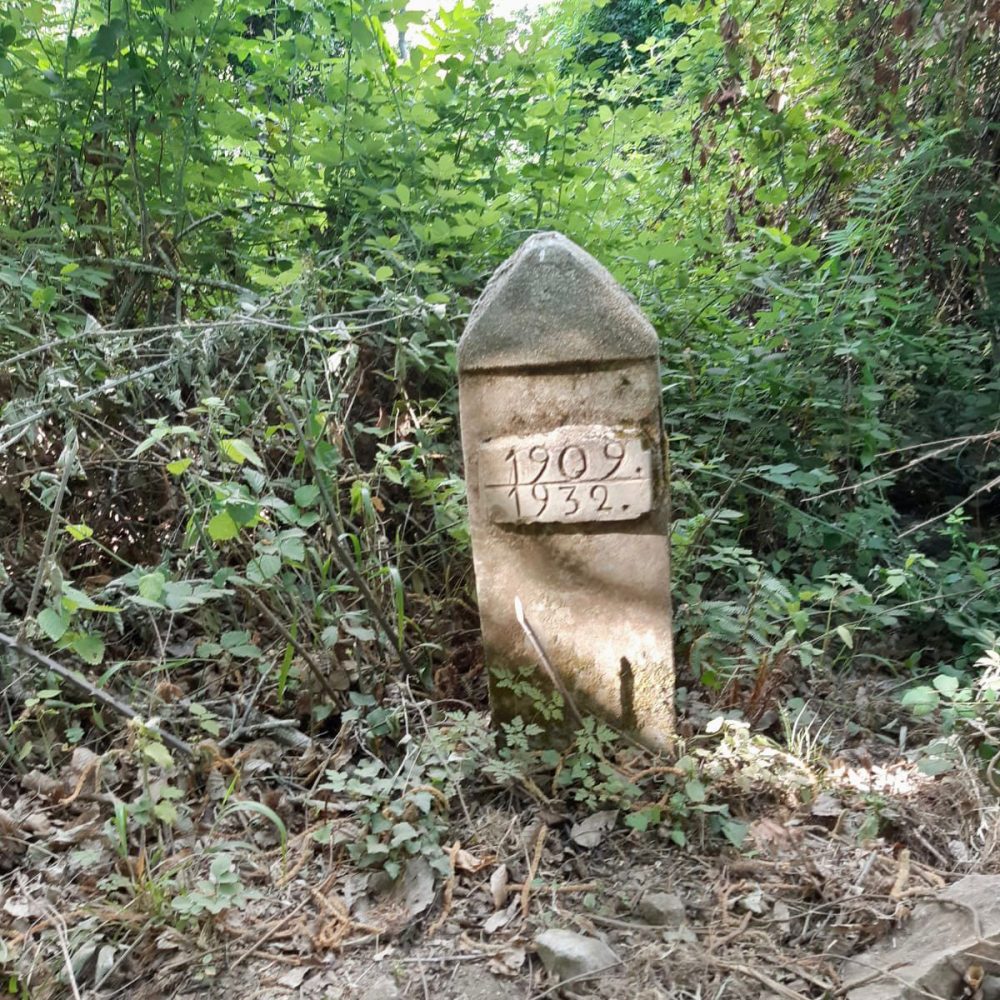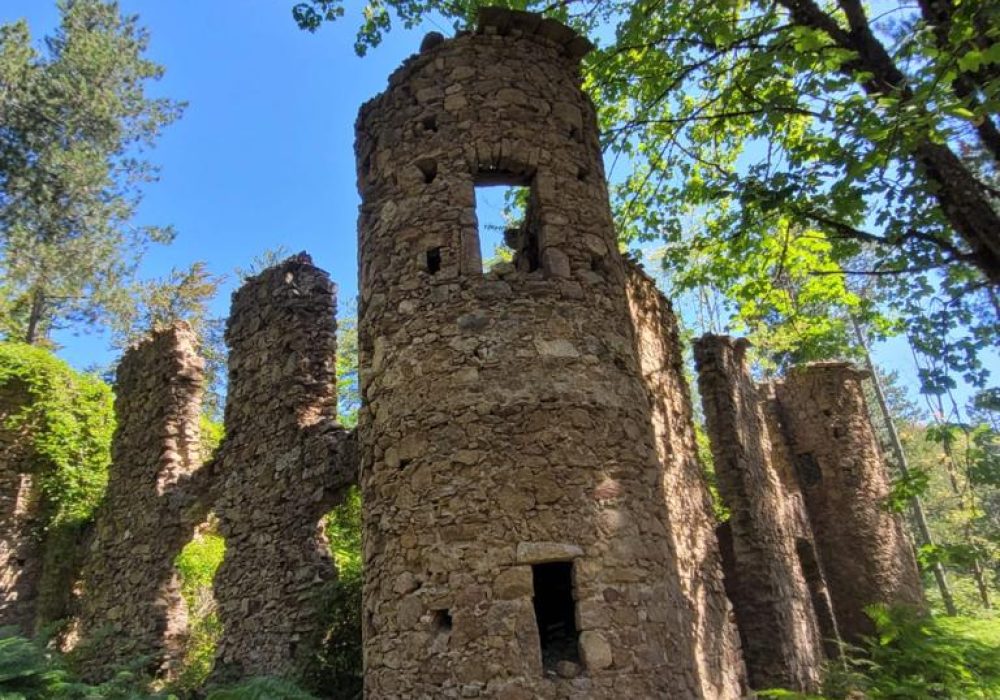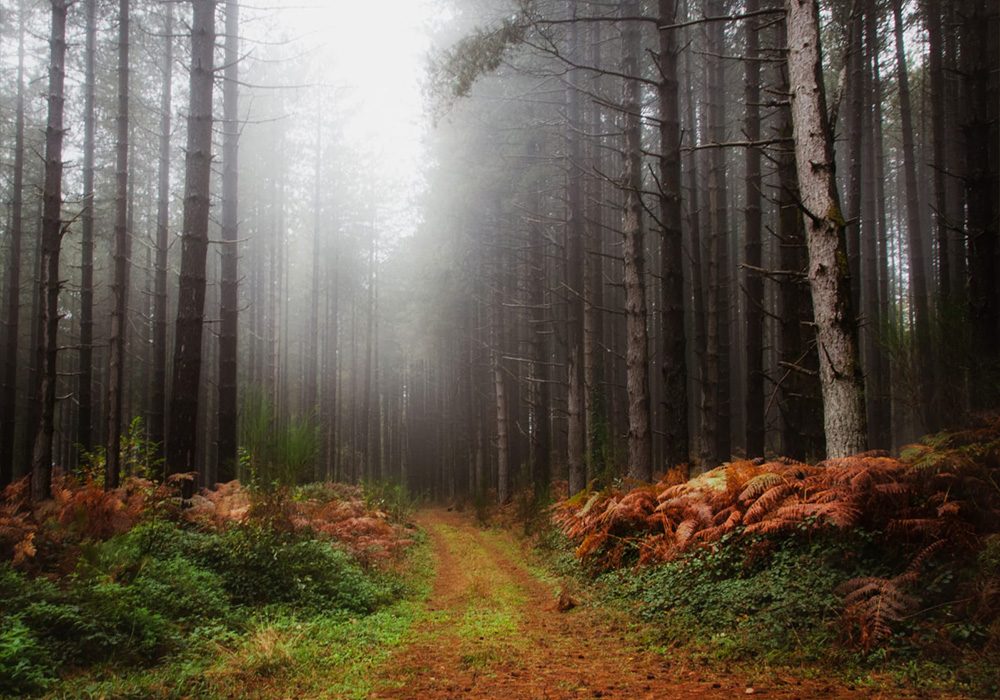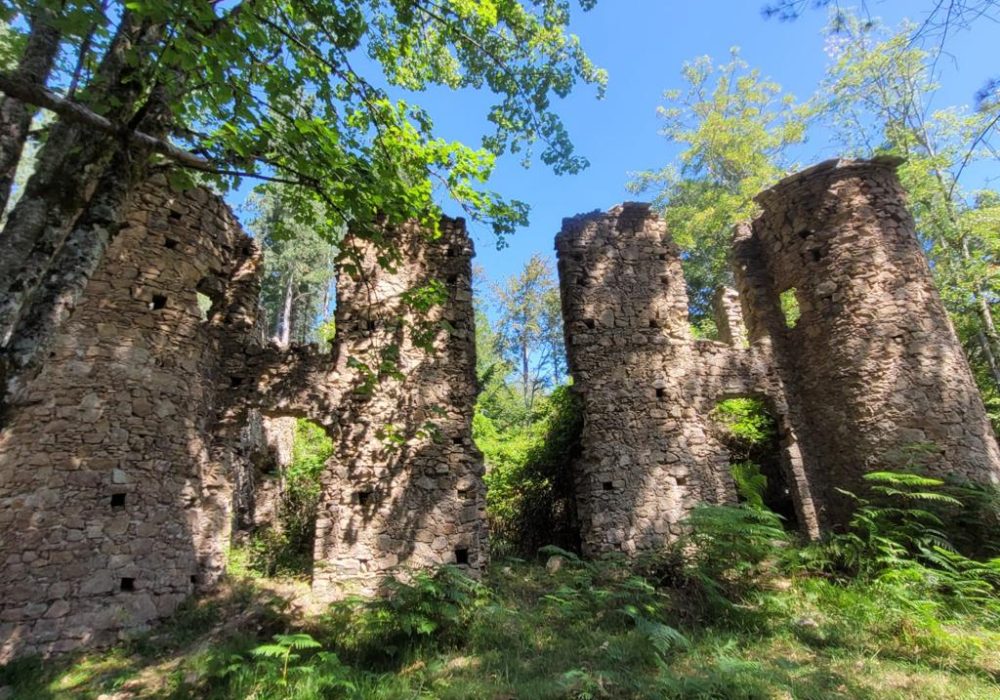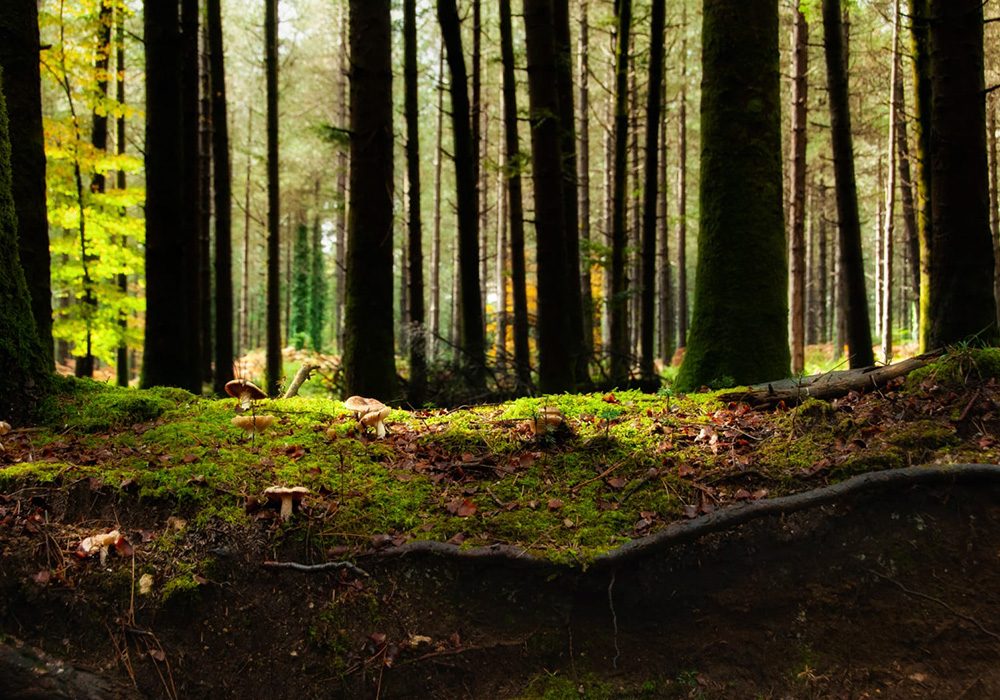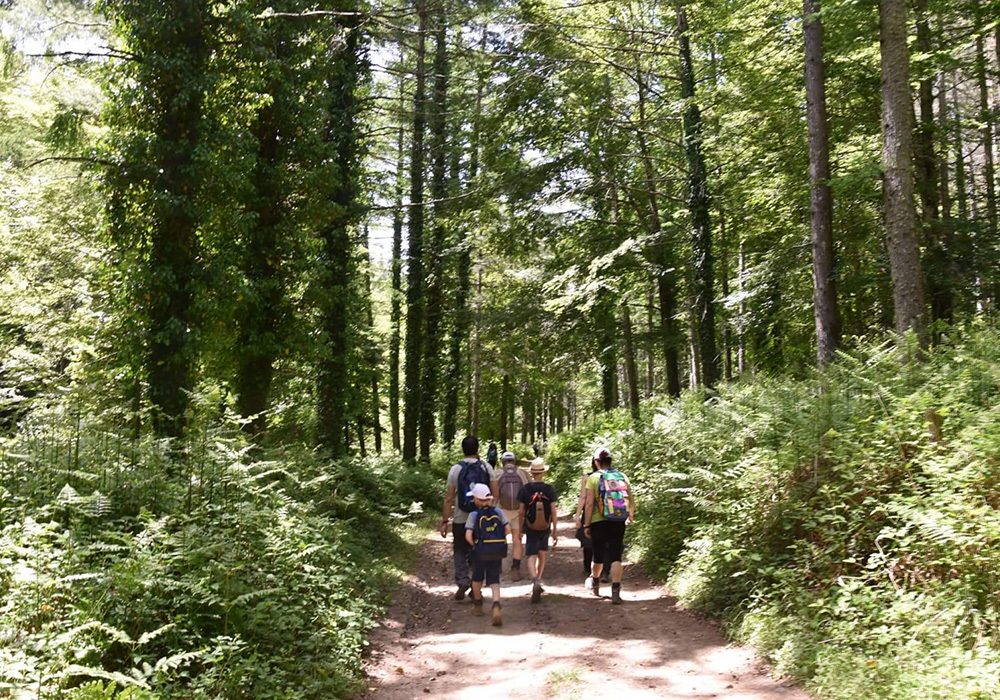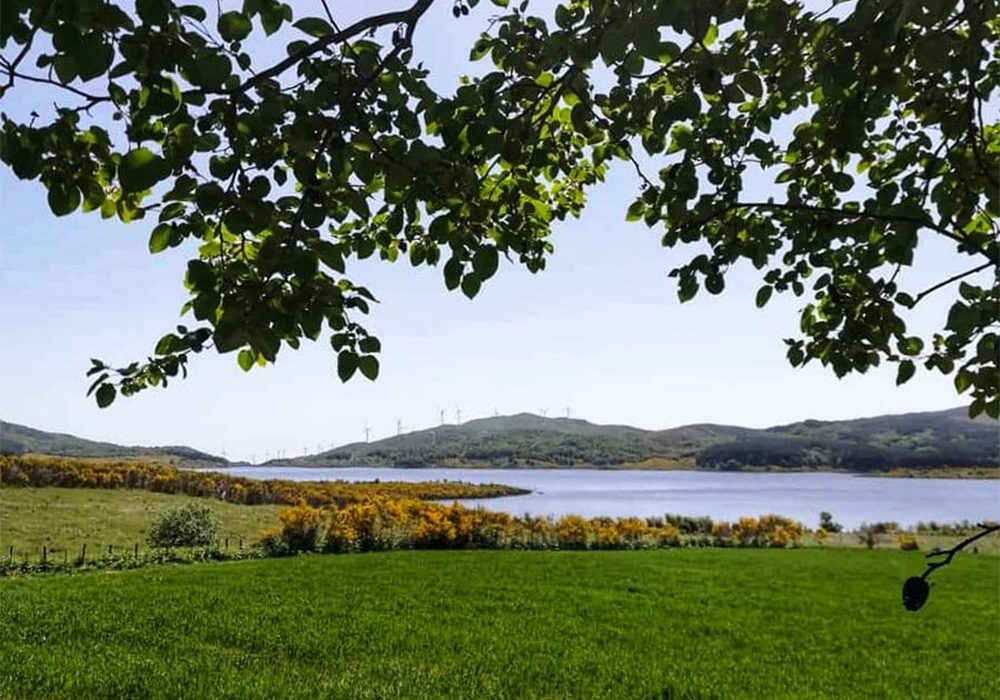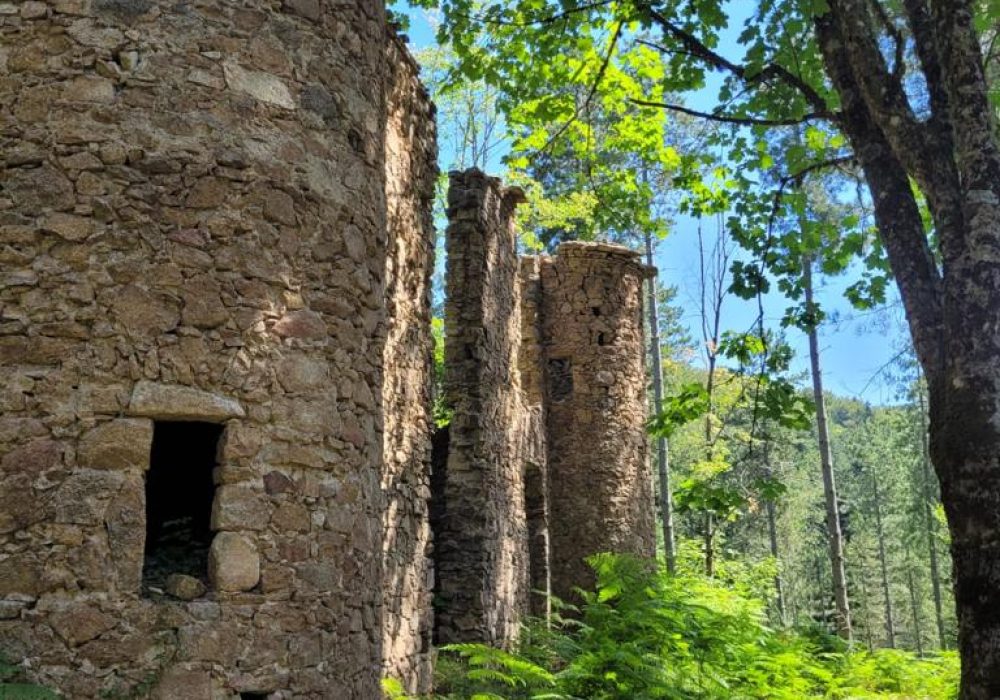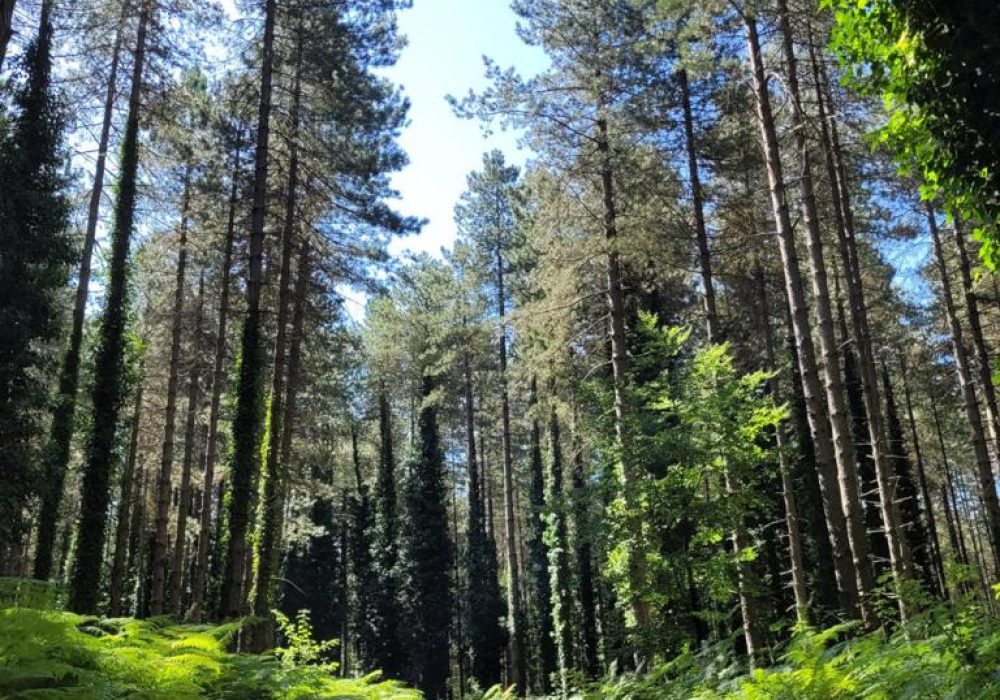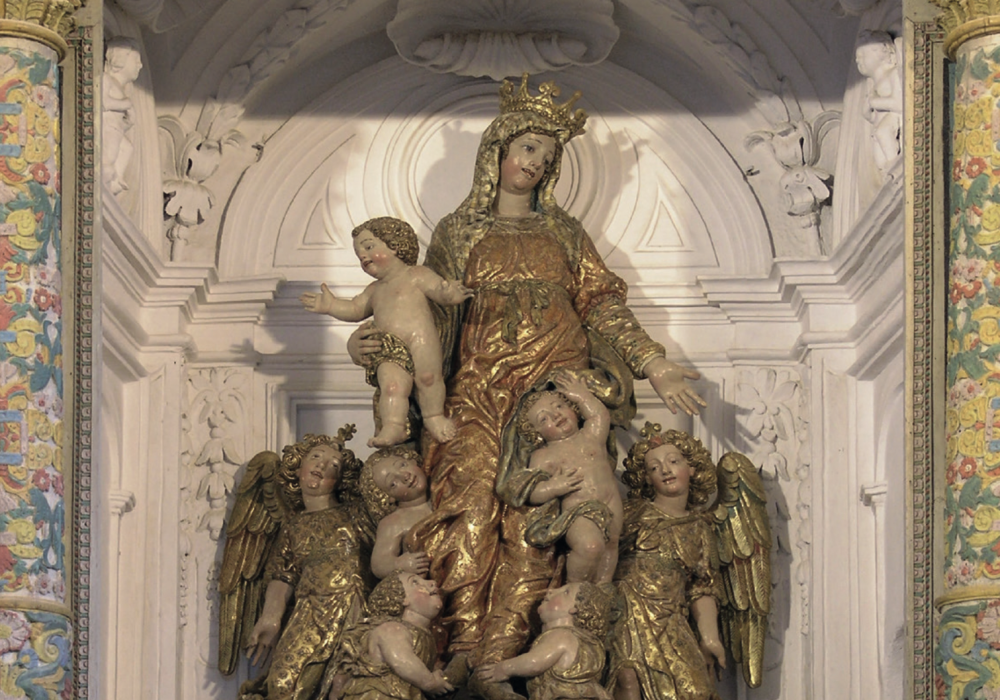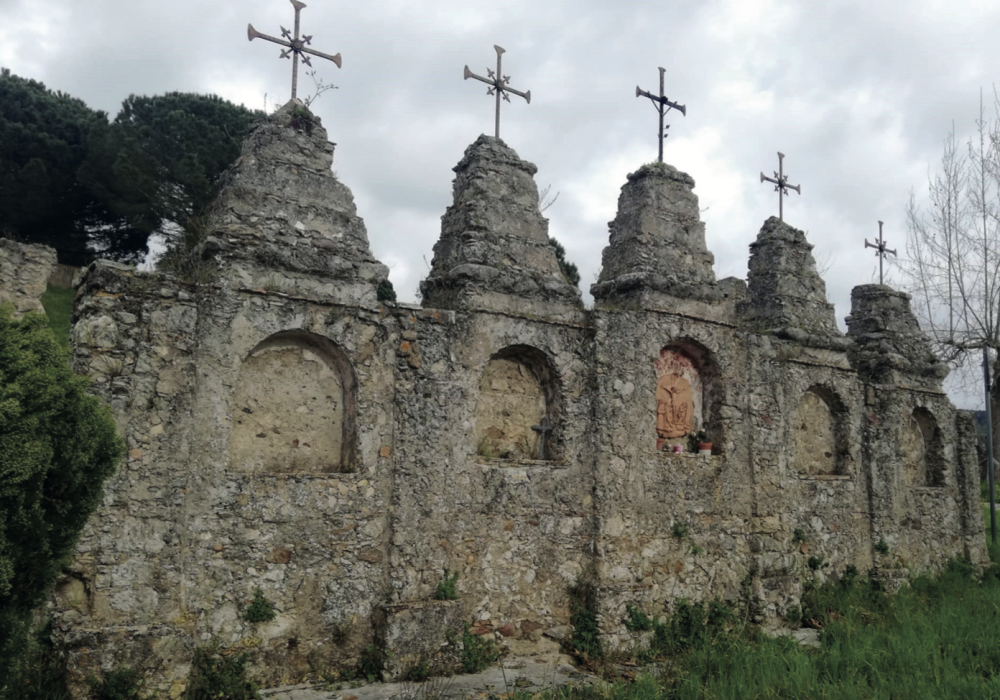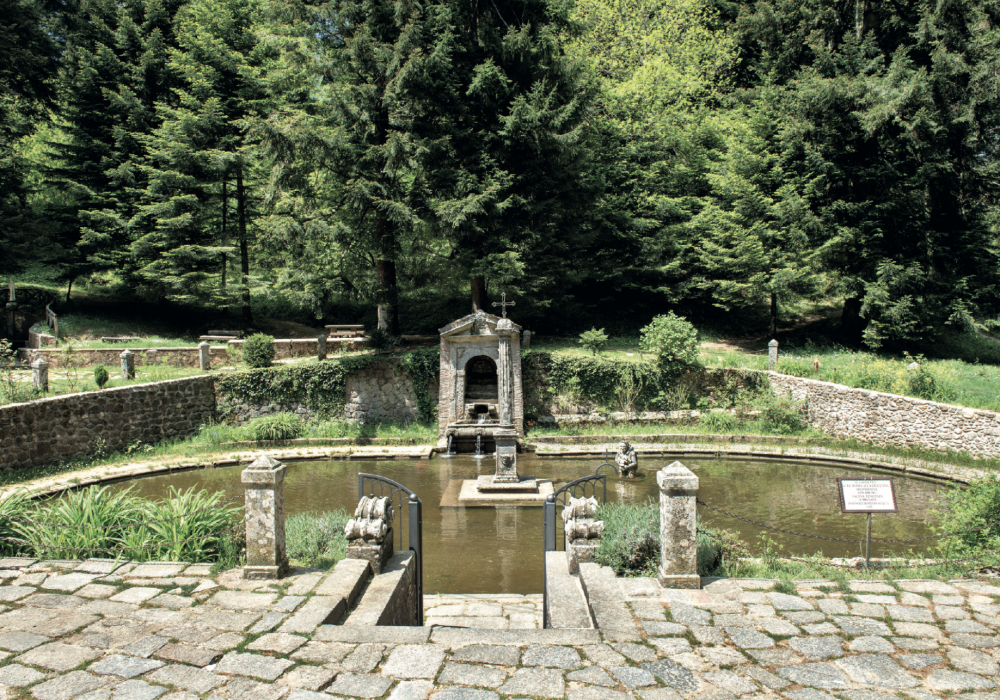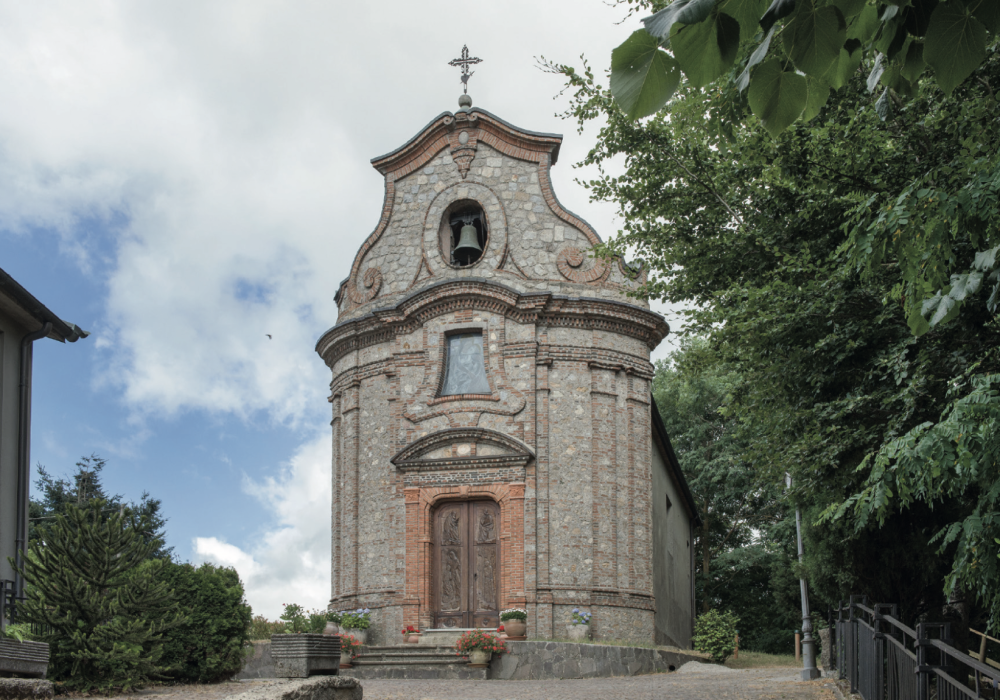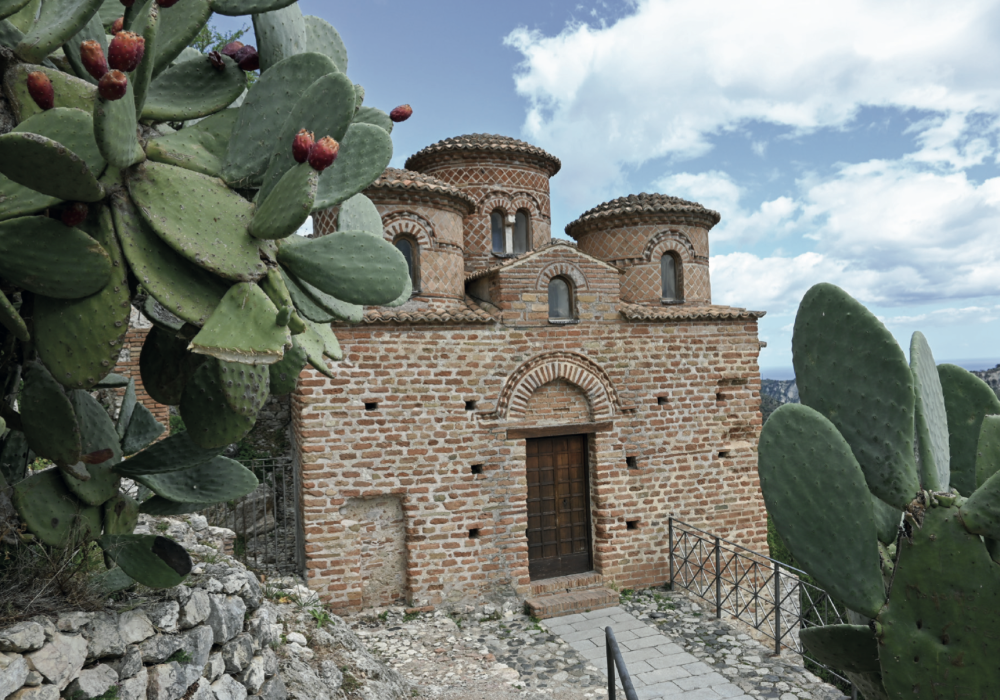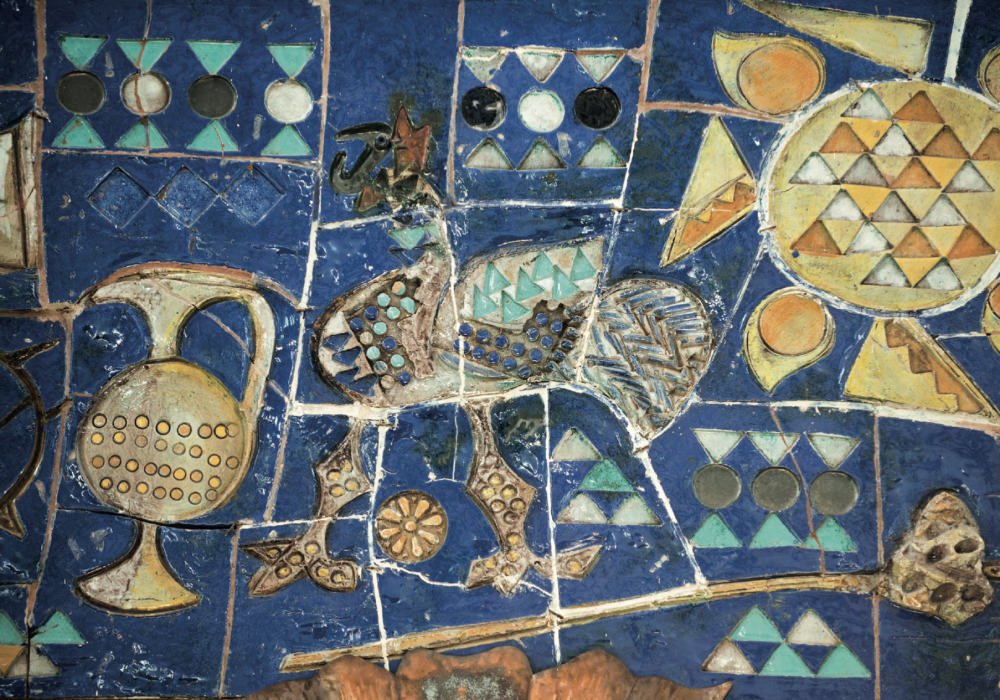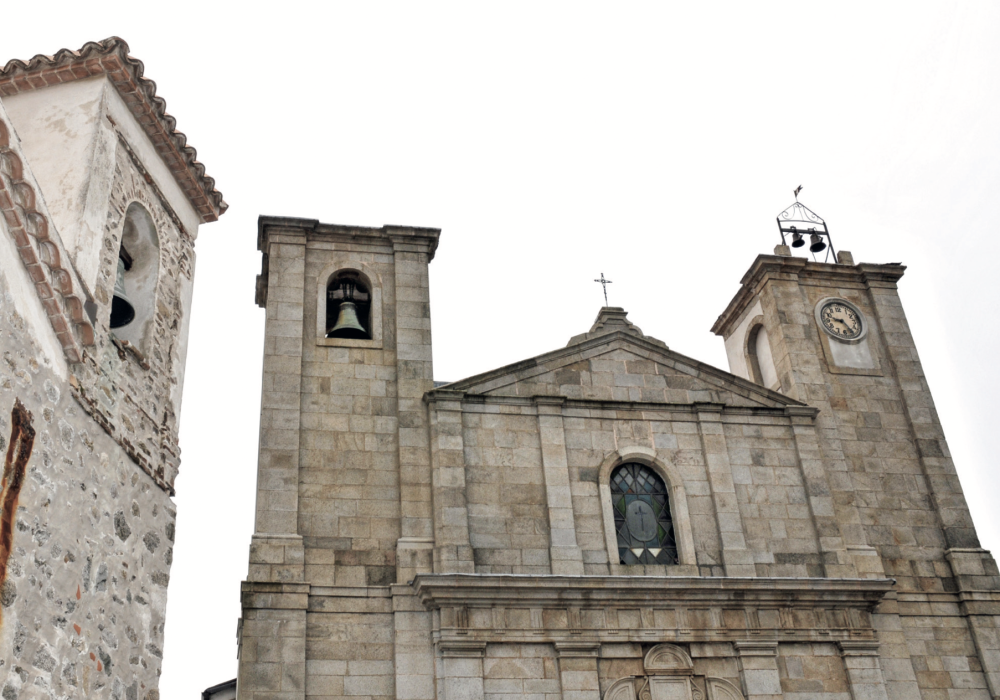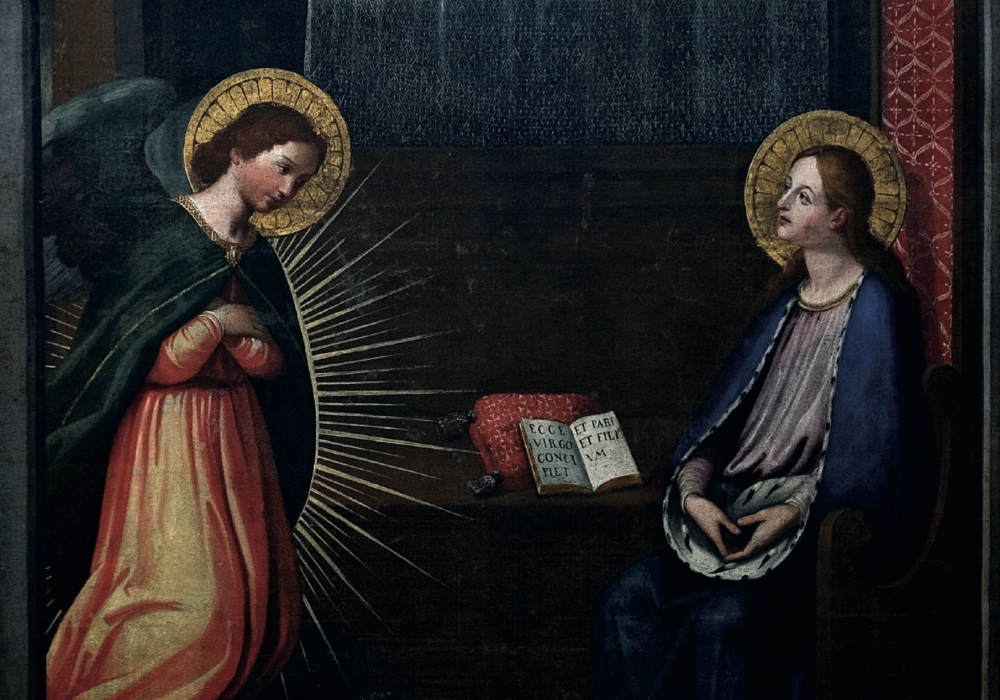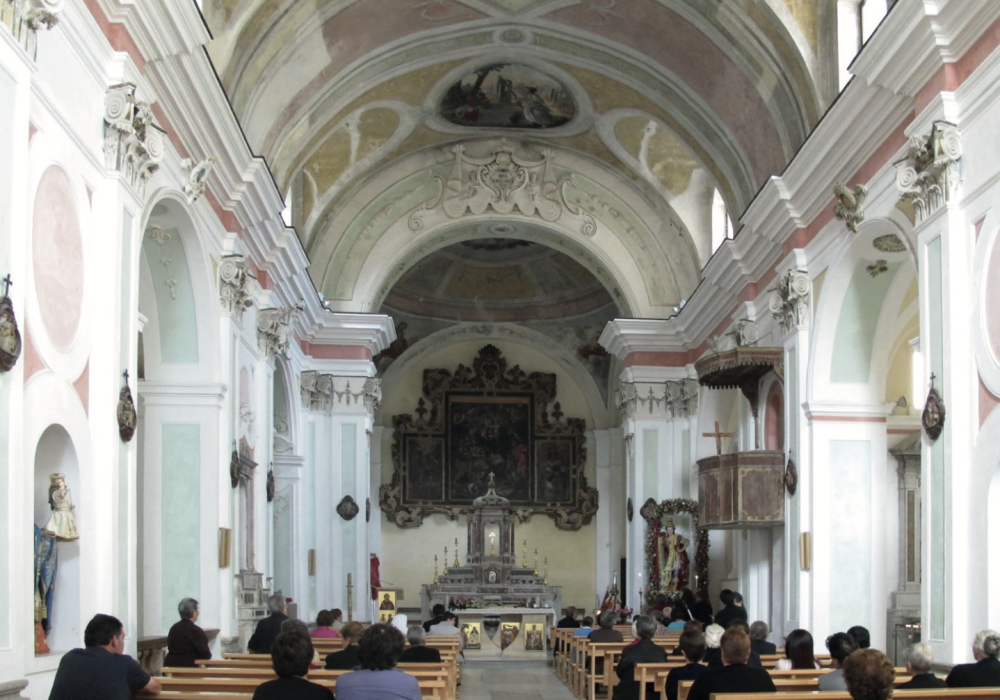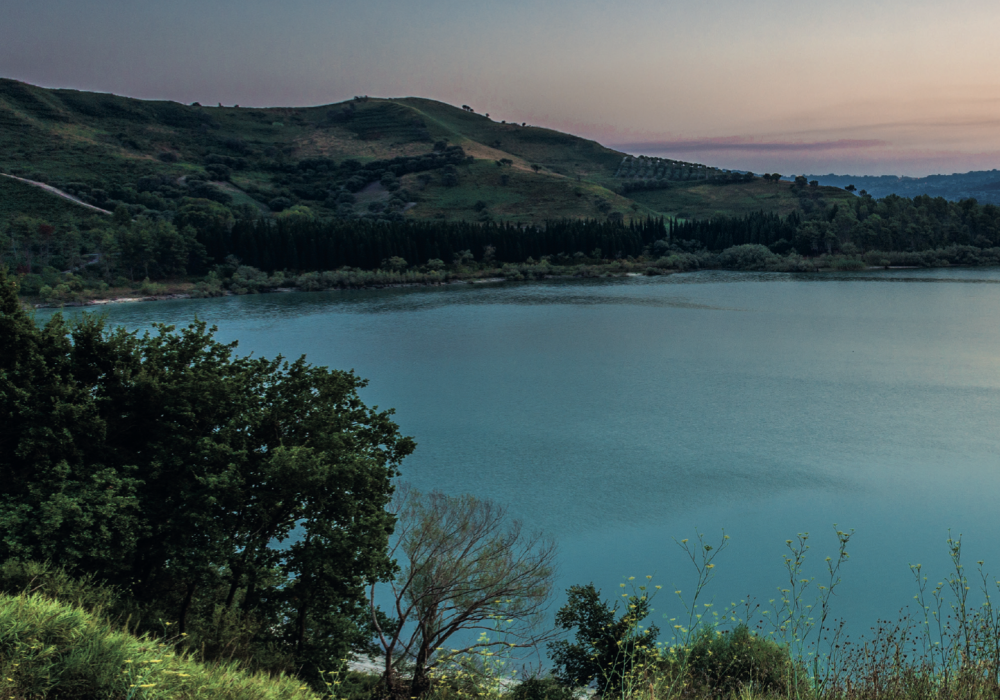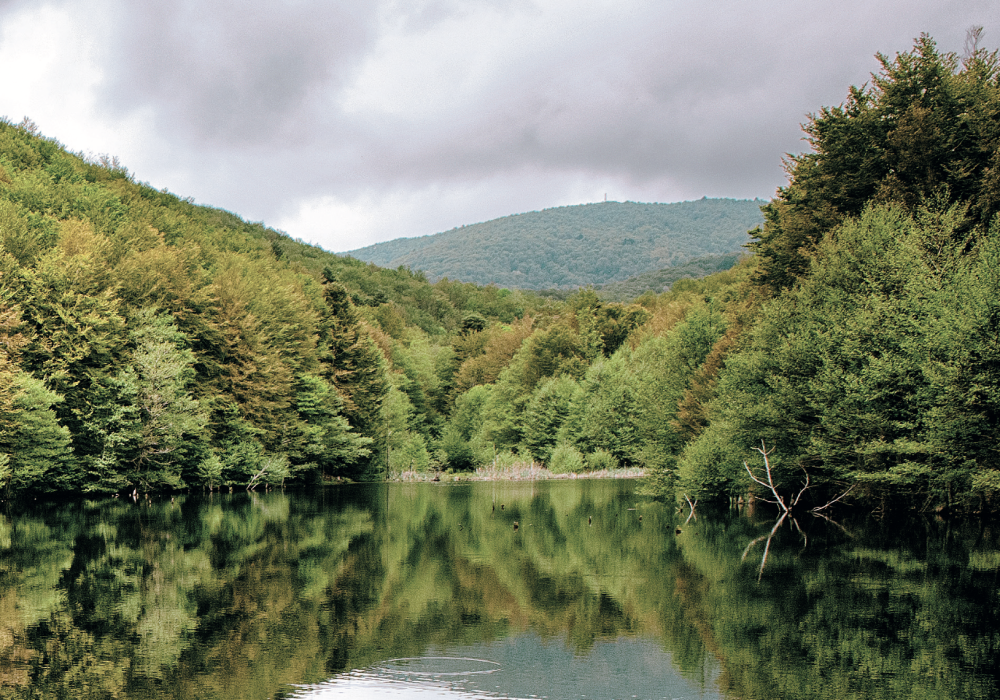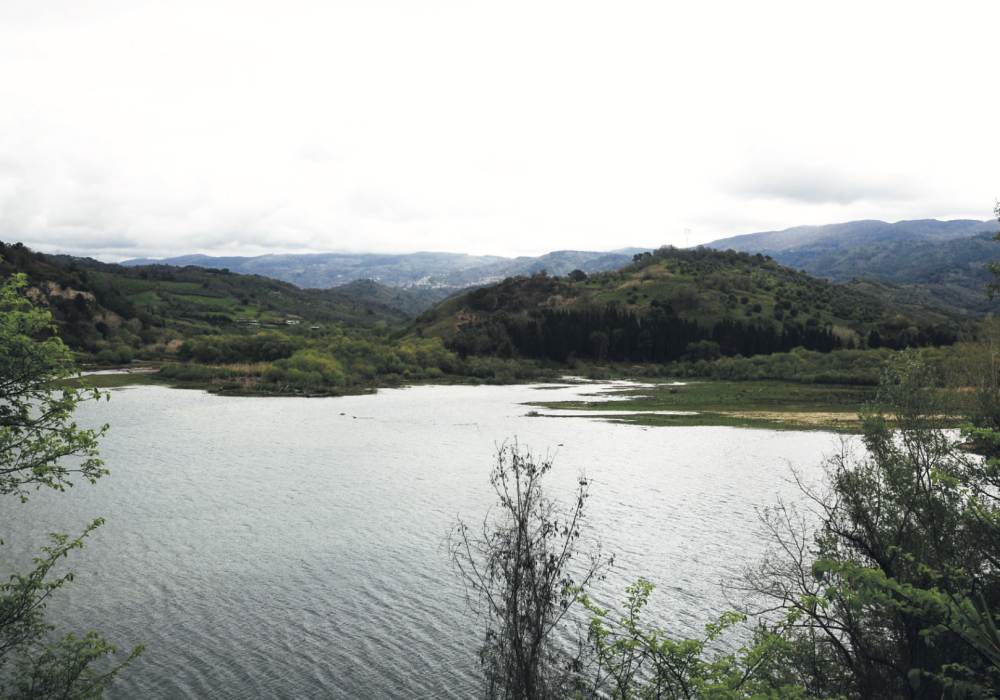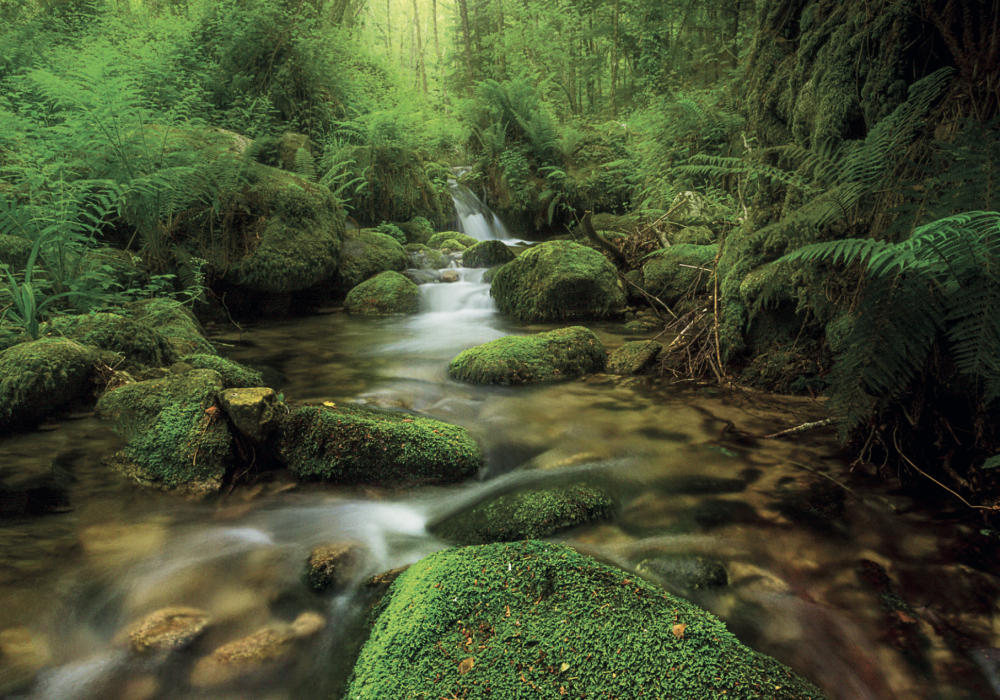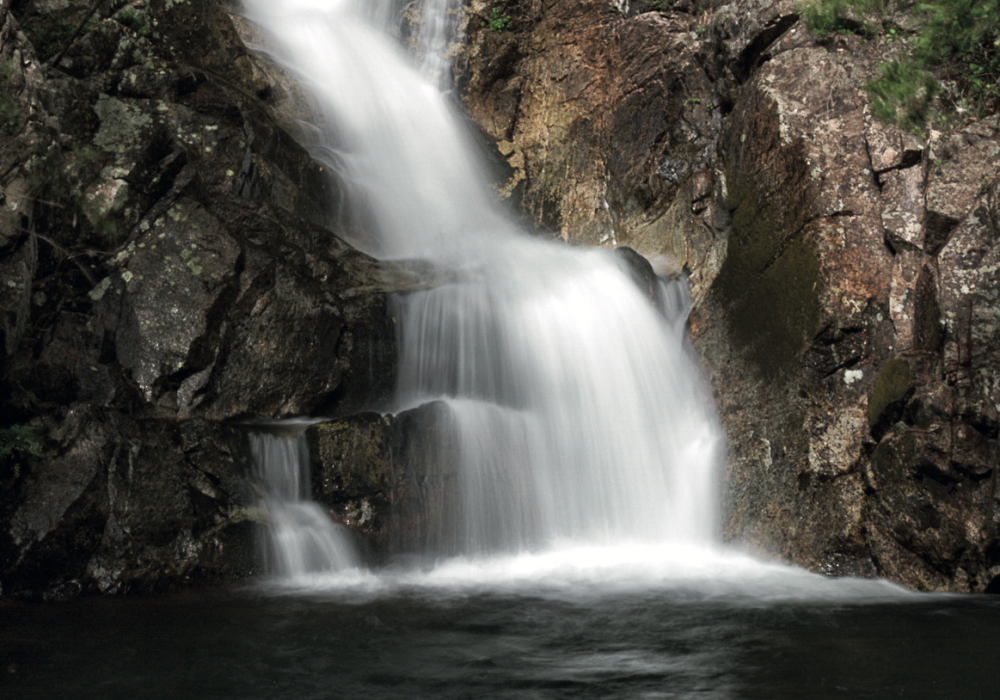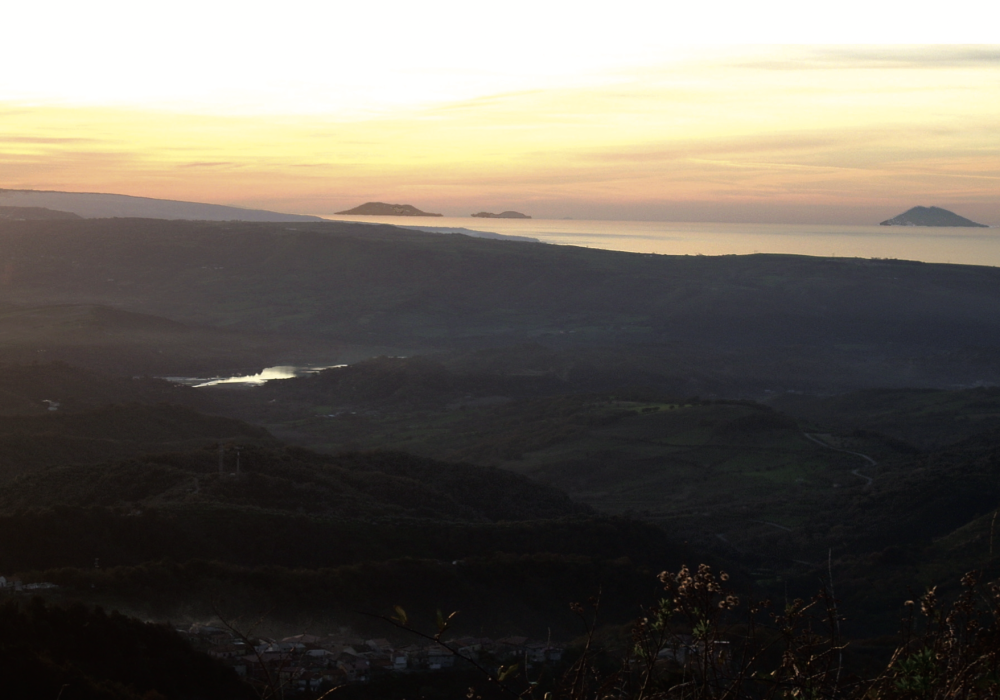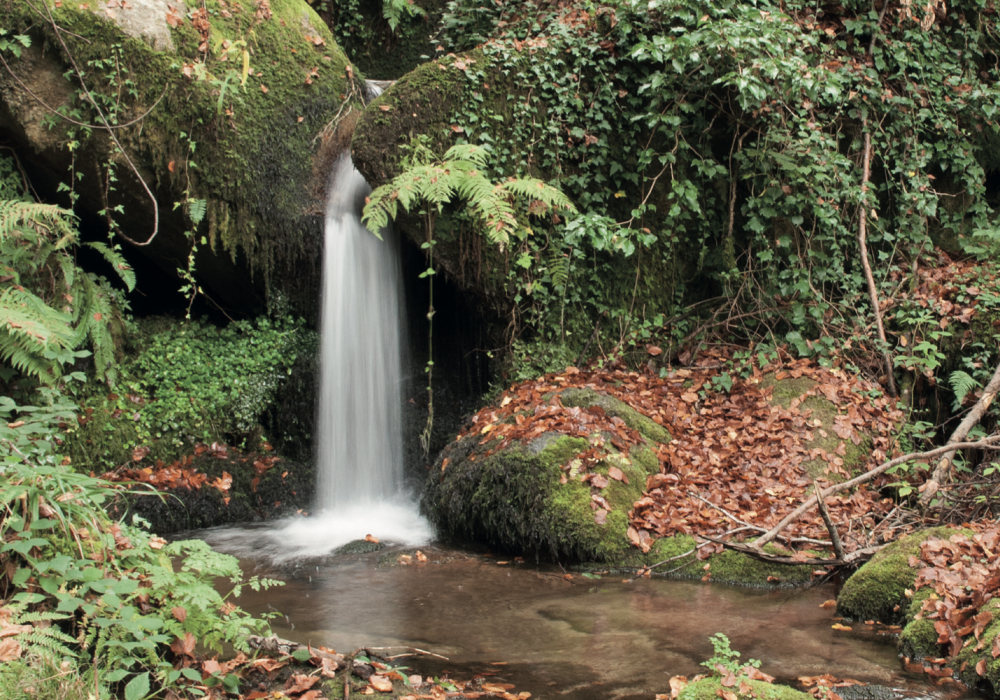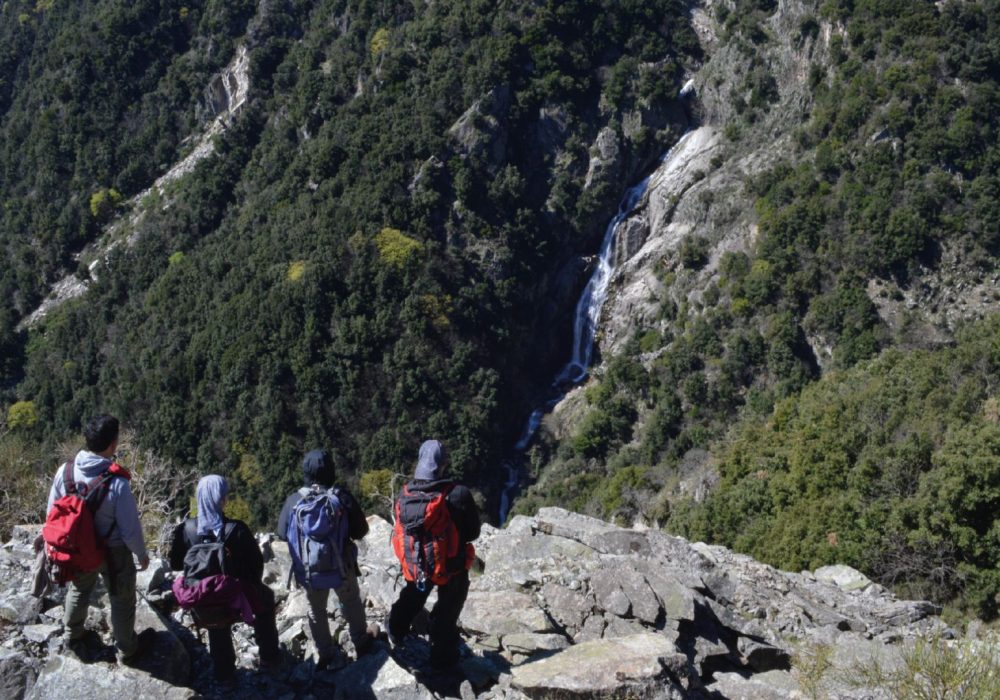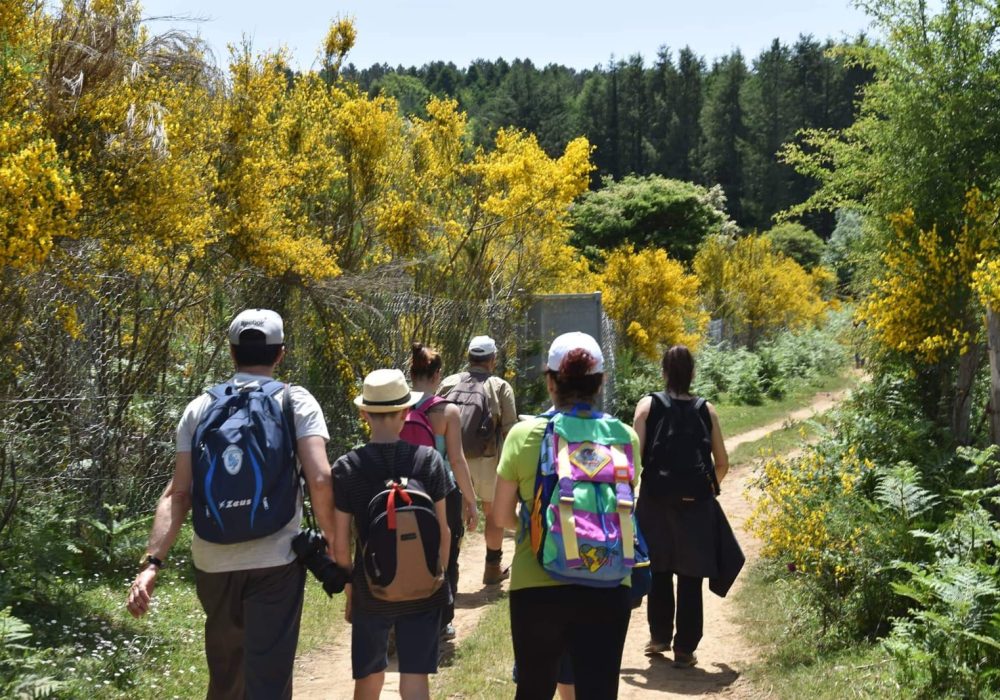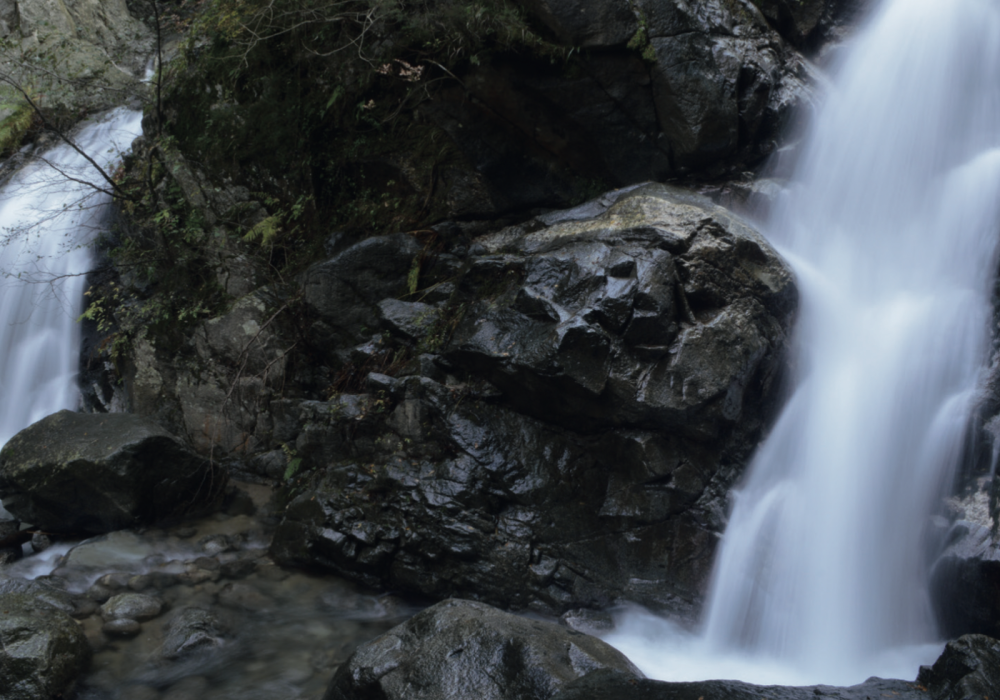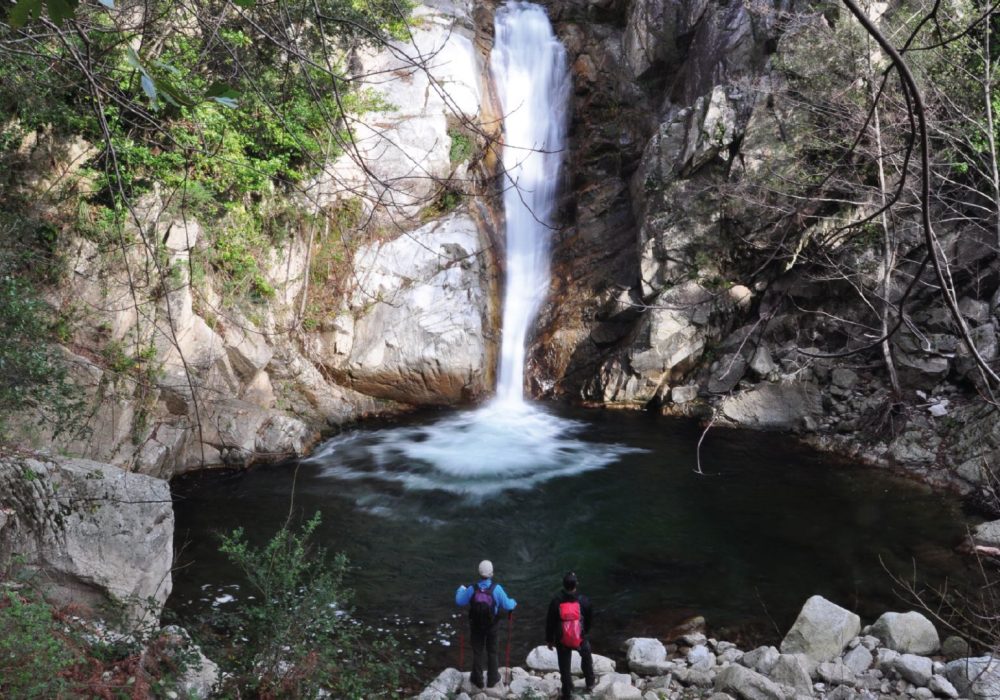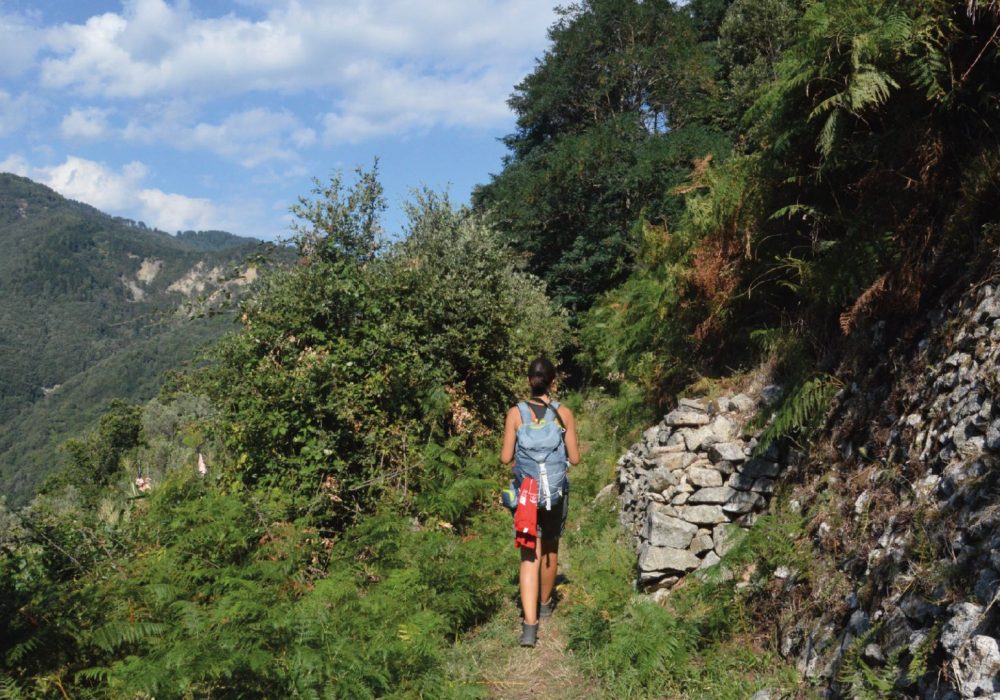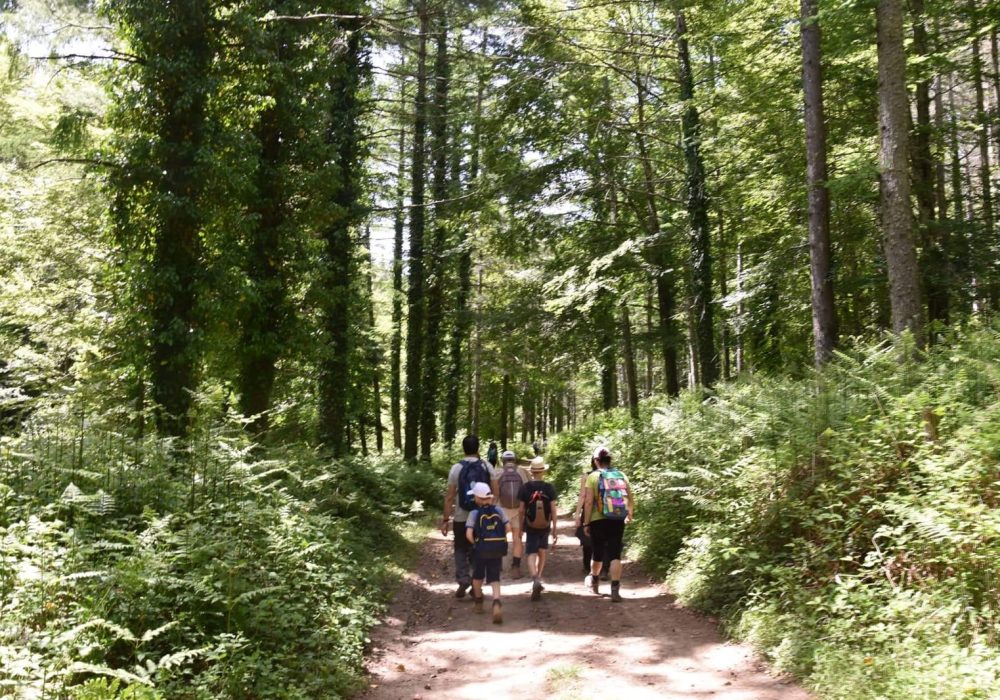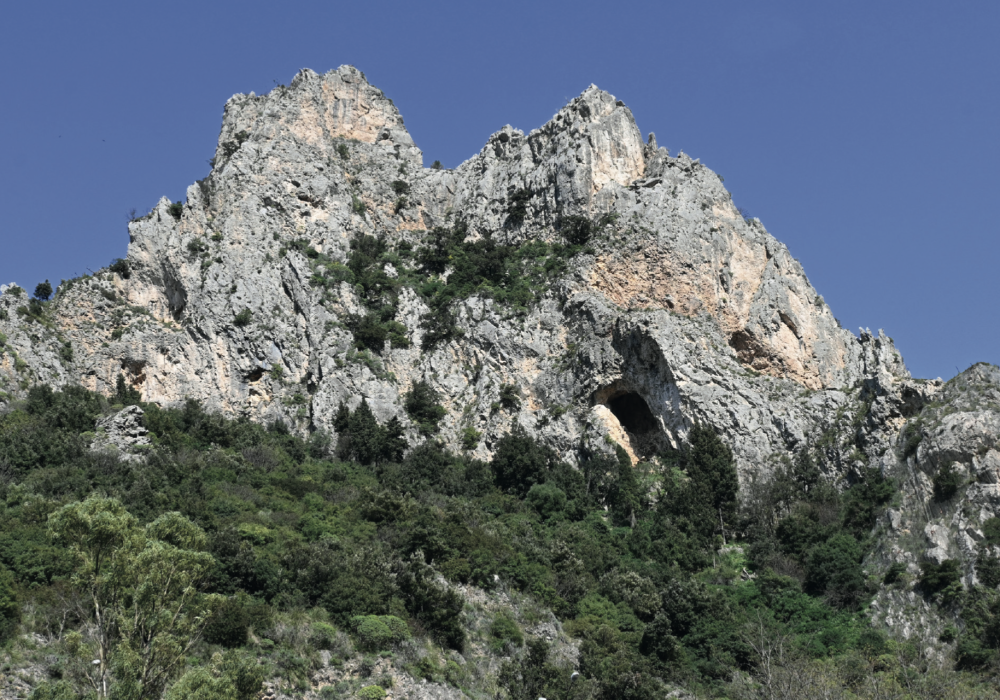Mongiana
The neat row of neat and pretty little houses that greets the visitor arriving at Mongiana immediately makes one realise that one is in a particular town whose peculiarity is evident right from the urban layout. As is well known, the heart of the town, immersed in the luxuriant nature of the Serre plateau, is the arms factory commissioned by the Bourbons in the second half of the 18th century around which the town was built. When you arrive at Mongiana, you have to imagine that you are in a sort of great phalansterie, or in one of those ideal factory towns imagined in the 19th century in which everything is built around the factory to meet the needs of the workers, from houses to schools and religious buildings. The historic centre of Mongiana undoubtedly represents the plastic realisation of these ideals that found application, under the Bourbons, not only here but also in other industrial centres such as the nearby Ferdinandea or the spinning mill of San Leucio. The visit can only begin at the ruins of the old industrial complex where an interesting museum has recently been set up, allowing visitors to learn about the history and activities of the arms factory. We will not dwell further on the ironworks as they are adequately covered in another chapter of this book. In addition to the workers’ cottages, all characterised by elegant granite portals and often splendid iron and cast iron balconies, there are a number of interesting buildings dotting the town, originally built to house the officers of the army that garrisoned the factory (don’t forget that this was an important part of the Kingdom’s war industry). Absolutely worth a stop is the beautiful little church that stands in a central position in the village. The temple was built around the 1820s on a pre-existing wooden construction, based on a design by the Military Engineers, as a chapel for the troops stationed at Mongiana. Upon entering the building, one is enraptured by the marvellous wooden statue of the titular saint, the B.V. delle Grazie, a masterpiece by the Serrese sculptor Vincenzo Scrivo, created between the end of the 18th century and the early decades of the 19th century. The Virgin is portrayed in an absolutely original position, lying on the side of a cloud at the apex of which is the Child Jesus, while the veil adorning her head seems to flutter in the wind, giving the whole a remarkable dynamism. However, the church houses another precious wooden sculpture depicting St Joseph, also the work of another well-known Serrese sculptor: Raffaele Regio. In one of the arms of the transept is a painting depicting St Ferdinand of Castile, a saint much worshipped in Spain, donated, according to tradition, by Ferdinand of Bourbon himself, on a visit to the steelworks in 1852. Leaving the building, it will be difficult not to notice the splendid war memorial erected in the small square opposite. On a granite plinth stands a bronze statue depicting Italy offering, in an almost theatrical pose, a laurel wreath to its fallen soldiers. The statue is the work of the great sculptor Salvatore Pisani, born in Mongiana in 1859, who lived most of his life in Valtellina and whose important works are preserved in the monumental cemetery in Milan. The statue was cast in 1923-’24 after the artist’s death, as a sign of homage by the municipality to its illustrious citizen, using the cast made by Pisani in 1904 for the monument to the fallen soldiers for the Independence of Sondrio in Piazza Bertacchi. The important past of this place cannot overshadow its natural beauty. In addition to the ironworks, Mongiana boasts the presence of numerous tourists, especially in fine weather, visiting the superb botanical garden set up by the State Forestry Corps (now the Carabinieri Forestali) known as ‘Villa Vittoria’. Not far from here is the famous ‘little lake’, a beautiful picnic area built around an artificial reservoir that attracts thousands of visitors and campers escaping from the coastal heat every summer.
